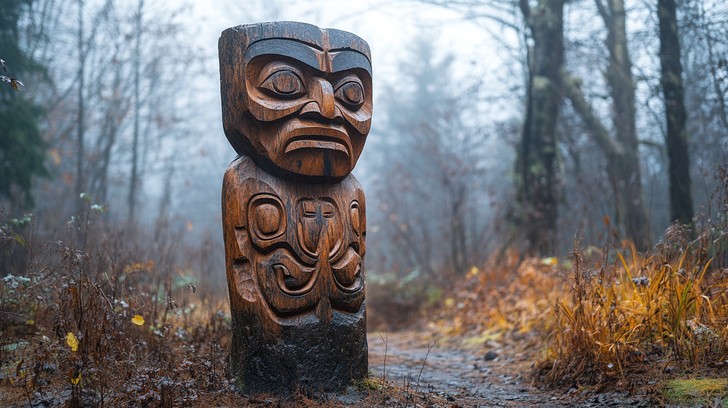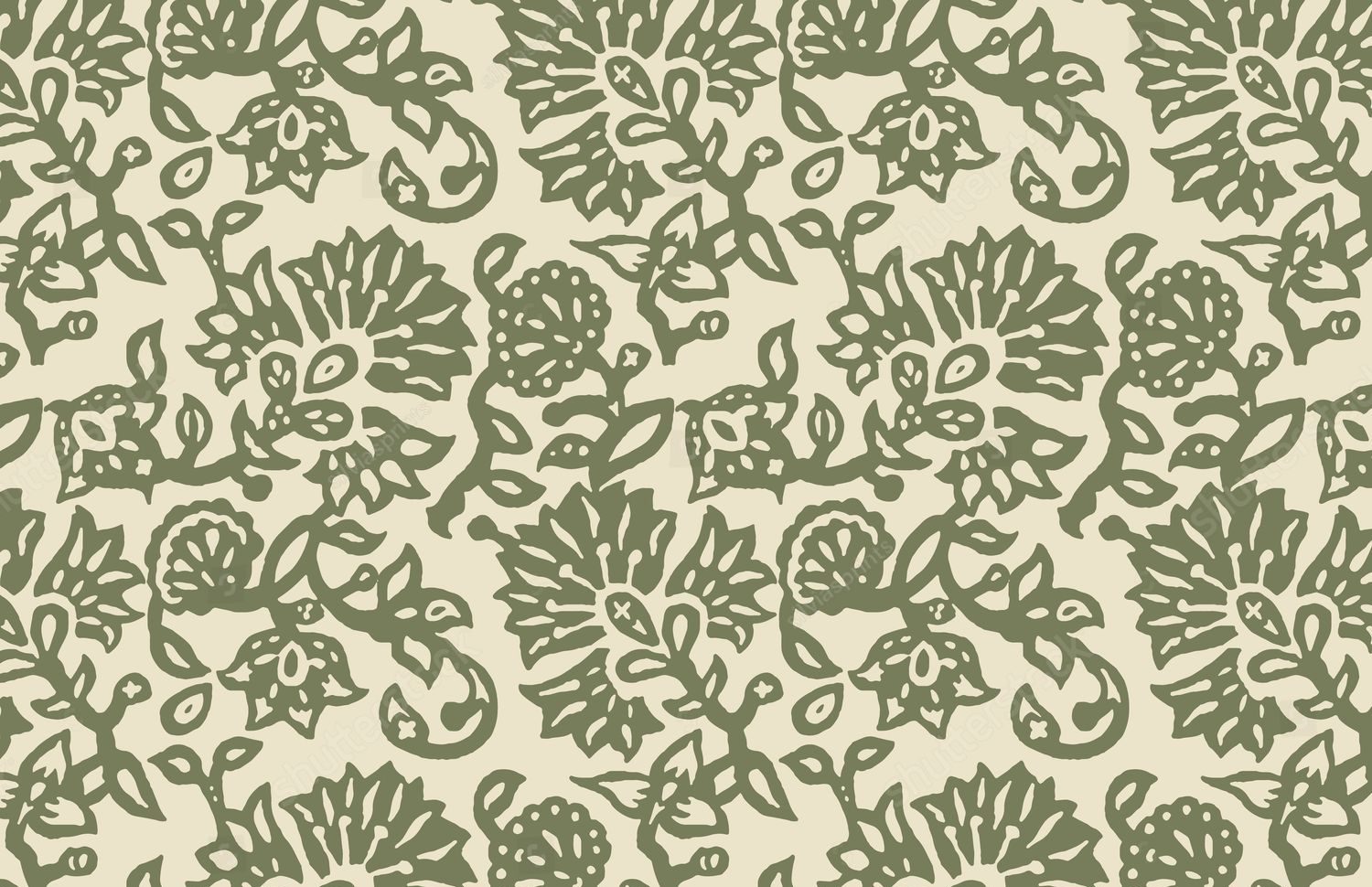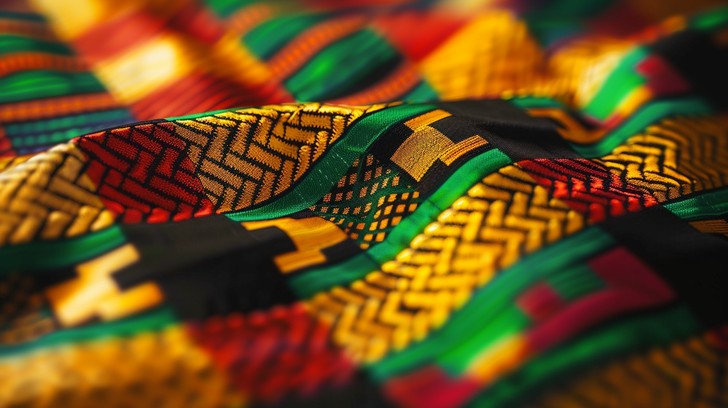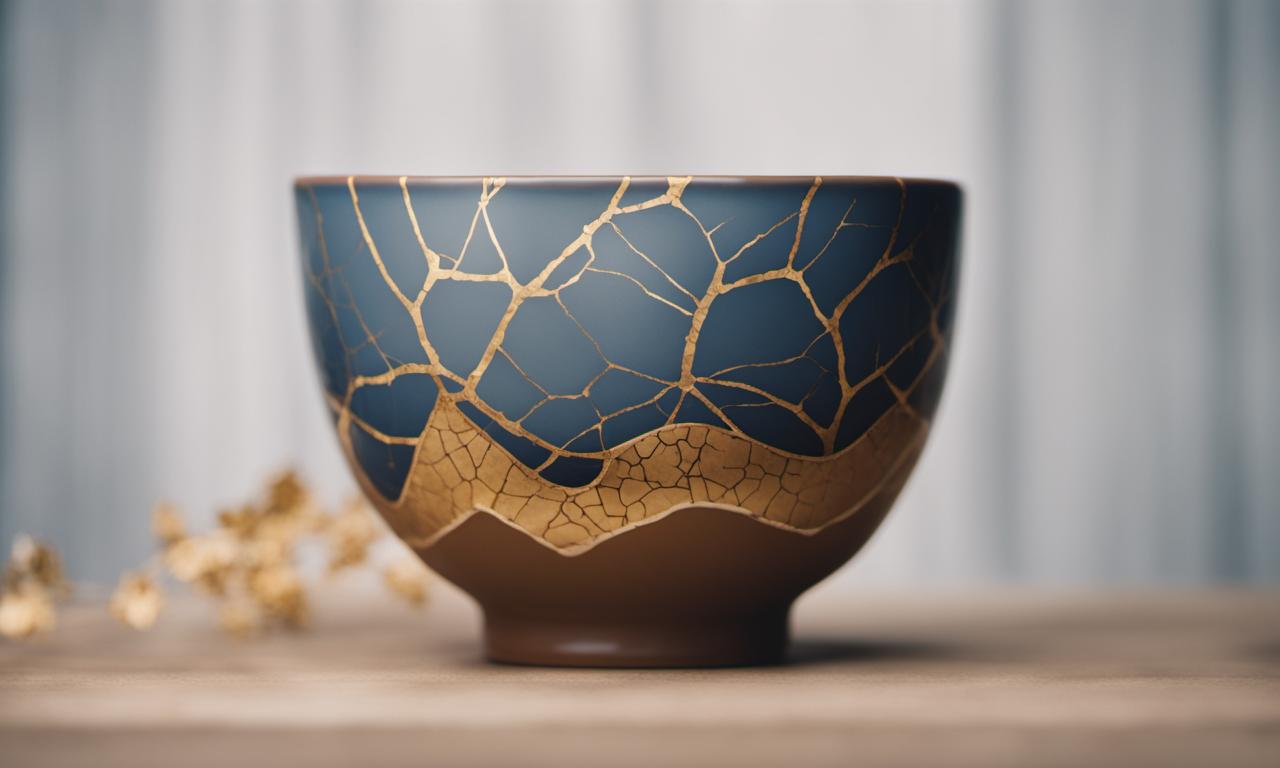Cultural traditions hold a timeless appeal, transcending generations and geographical boundaries to offer a glimpse into the essence of human creativity and identity. The iconic creations birthed from these traditions are not just artifacts or expressions of artistry; they are vessels of history, values, and shared experiences. Each carries a story that weaves together the ingenuity of its creators, the societal contexts of its time, and the enduring relevance that continues to captivate audiences today. Exploring these iconic creations offers not only an appreciation of their beauty but also a deeper understanding of the cultural threads that bind humanity.
The Symbolism Behind Iconic Art Forms
Every iconic creation, from intricate handicrafts to monumental structures, carries layers of symbolism that reflect the beliefs, hopes, and dreams of its creators. In many cultures, art is inseparable from life, serving as a medium to convey values, preserve memories, or honor the divine. Consider the ancient art of block printing in India. The patterns printed onto fabric are not merely decorative; they often represent elements of nature, spirituality, or protection. The paisley design, a recurring motif, is said to symbolize YOWESTOGEL fertility and abundance, connecting wearers with ancient cosmological beliefs.
Similarly, the towering totem poles of Indigenous peoples in the Pacific Northwest are far more than carved wood. Each figure etched into the pole represents a significant part of tribal history, spiritual guides, or ancestral lineage. These creations serve as storytellers, standing tall as a testament to the community’s history and values, even as modernity encroaches on traditional ways of life.

Stories of Resilience: Preserving Tradition Through Innovation
Traditions are rarely static; they adapt to the challenges and changes of the times while preserving their essence. Iconic creations often emerge as symbols of resilience, embodying the strength of cultures that have survived adversity. For instance, the Japanese art of kintsugi, or the practice of repairing broken pottery with gold, encapsulates a philosophy of embracing flaws and imperfections. Born out of practical necessity, kintsugi transformed into a profound art form that teaches the beauty of mended scars. It is a tangible metaphor for resilience, demonstrating how brokenness can lead to rebirth and renewal.
In another corner of the world, the tradition of quilting in African American communities became a creative outlet and a means of survival. During the era of slavery, quilts were not only practical household items but also a form of coded communication. Patterns and stitches in quilts were used to signal safe routes along the Underground Railroad, blending artistry with activism. Today, quilting remains a cherished tradition, celebrating community, storytelling, and resistance.
Monuments as Cultural Beacons
Monumental creations often stand as iconic embodiments of the cultures that produced them. Take, for example, the Pyramids of Giza, constructed over 4,500 years ago. These awe-inspiring structures were not only feats of engineering but also profound symbols of spiritual belief and societal organization. Their precise alignment with celestial bodies underscores the Egyptians’ sophisticated understanding of astronomy and their reverence for the divine order of the universe.
Closer to modern times, the Taj Mahal in India exemplifies how architecture can serve as a medium for emotional expression and cultural identity. Built by Emperor Shah Jahan as a mausoleum for his beloved wife Mumtaz Mahal, the Taj Mahal’s intricate designs and harmonious symmetry symbolize eternal love and devotion. It also reflects the artistic and technical mastery of Mughal artisans, blending Islamic, Persian, and Indian architectural styles into a creation that continues to inspire awe.
Iconic Culinary Traditions: Recipes as Cultural Heirlooms
Food is another realm where traditions have birthed iconic creations that carry stories of innovation, survival, and community. Consider the French baguette, a seemingly simple bread with a profound cultural resonance. Rooted in centuries of culinary evolution, the baguette is a symbol of French identity and tradition. Its golden crust and airy interior are the result of meticulous craftsmanship and adherence to strict regulations, ensuring that the art of baking remains deeply ingrained in French culture.
Across the seas, the tamale has a similarly rich history, tracing back to Mesoamerican civilizations like the Maya and Aztecs. Wrapped in corn husks or banana leaves, tamales were not only sustenance but also offerings to the gods, symbolizing gratitude and connection to the land. Today, they remain central to celebrations, embodying the spirit of togetherness and the enduring ties between past and present.

Fashion as a Canvas for Tradition
In the realm of fashion, iconic creations have emerged as powerful expressions of identity and cultural pride. The kimono, for instance, is much more than traditional Japanese attire; it is a canvas for storytelling. Each kimono’s fabric, color, and motifs reflect the wearer’s social status, the season, or special occasions. Passed down through generations, kimonos carry personal and familial stories, preserving memories in their delicate folds.
Similarly, the kente cloth of West Africa is an emblem of cultural heritage and status. Originally reserved for royalty, kente’s bold patterns and vibrant colors are imbued with symbolic meaning, with each design telling a unique story. Even in contemporary fashion, kente remains a powerful symbol of African identity and pride, worn on significant occasions as a celebration of cultural legacy.
Reviving Traditions in a Globalized World
In today’s interconnected world, the stories behind iconic creations are at risk of being diluted by mass production and commercial trends. However, globalization has also enabled the revival and appreciation of these traditions on a global scale. Artisans are finding new ways to share their heritage through collaborations with modern designers, digital platforms, and cultural exhibitions.
For instance, the resurgence of Mexican papel picado, intricately cut paper decorations, has brought this traditional craft to international celebrations. While traditionally used for Day of the Dead altars, papel picado now adorns weddings, festivals, and public spaces worldwide, showcasing its versatility and cultural depth.
Similarly, Maori tattoos (ta moko) have experienced a cultural renaissance. Once suppressed during colonial times, ta moko has been revived as a powerful assertion of Maori identity. Modern artists combine traditional techniques with contemporary designs, ensuring that this sacred tradition remains relevant and respected.
The Universal Appeal of Timeless Creations
What makes iconic creations resonate across cultures and generations is their universal appeal. They capture the essence of human creativity and emotion, connecting people through shared themes of love, resilience, spirituality, and identity. Whether it is the delicate brushstrokes of a Chinese landscape painting or the intricate beadwork of a Native American headdress, these creations transcend their origins to inspire and unite.
Iconic traditions remind us of our shared humanity, encouraging us to preserve and celebrate the diversity that enriches our world. They teach us that behind every object or practice lies a story—a narrative of ingenuity, perseverance, and the timeless drive to create meaning.

Conclusion
The stories behind iconic creations are more than just anecdotes from history; they are the lifeblood of cultural heritage, shaping identities and forging connections. These timeless traditions continue to evolve, bridging the past and the present while inspiring future generations. By honoring and preserving these creations, we ensure that the rich tapestry of human culture remains vibrant and enduring, a source of beauty and wisdom for centuries to come. If you like reading this article then please consider visiting page-23 to find more article like this.

